A Brief Guide to Kea
Cheeky. Curious. Clever. Colourful.
Meet the kea (nestor notabilis), the world’s only alpine parrot and found only in the South Island of New Zealand.
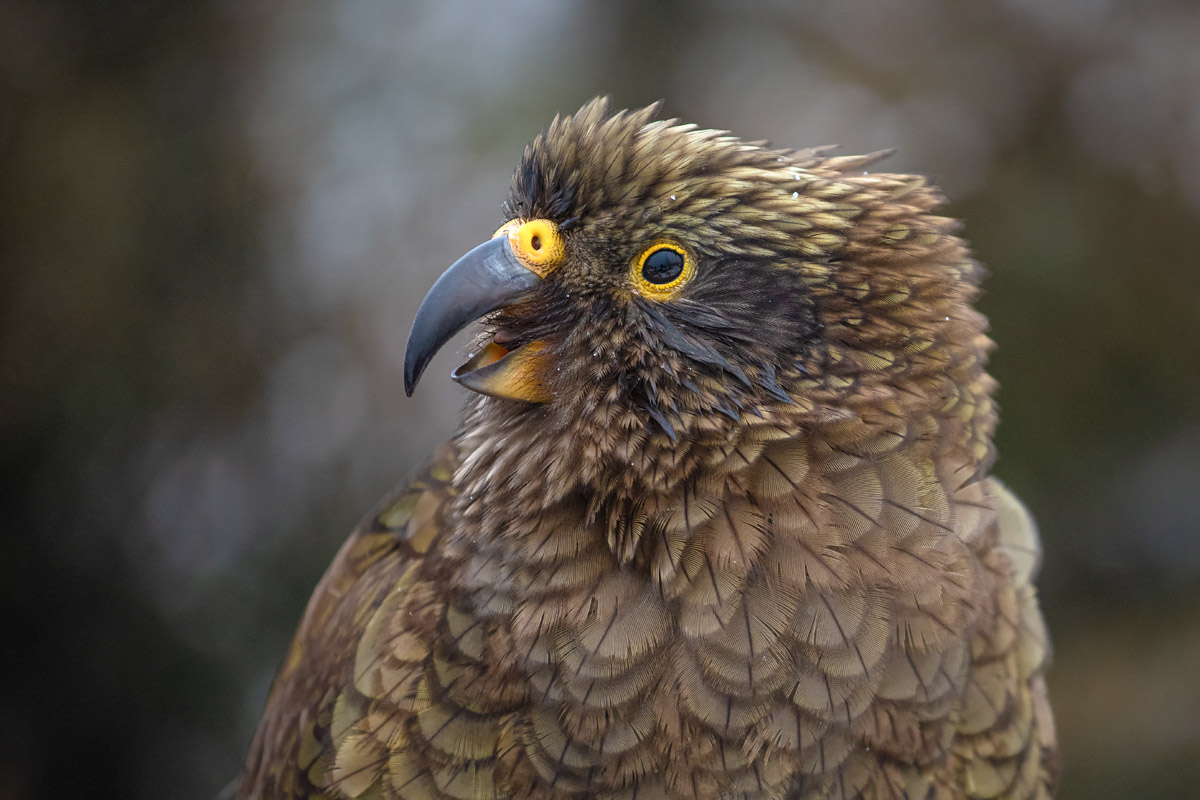
Although spending a good amount of their time in the mountains, the call of the kea can also be heard at lower altitudes among valleys and coastal forests. Their intelligence and curiosity often draws them to areas with human activity (prime examples being Arthur’s Pass, Aoraki/Mt Cook, the Milford Road, and ski areas), which gives the illusion of them being plentiful in number. However, unfortunately they’re on the endangered list and thought to number no higher than 7,000 individuals. Their main threats are predators (stoats in particular) and humans.
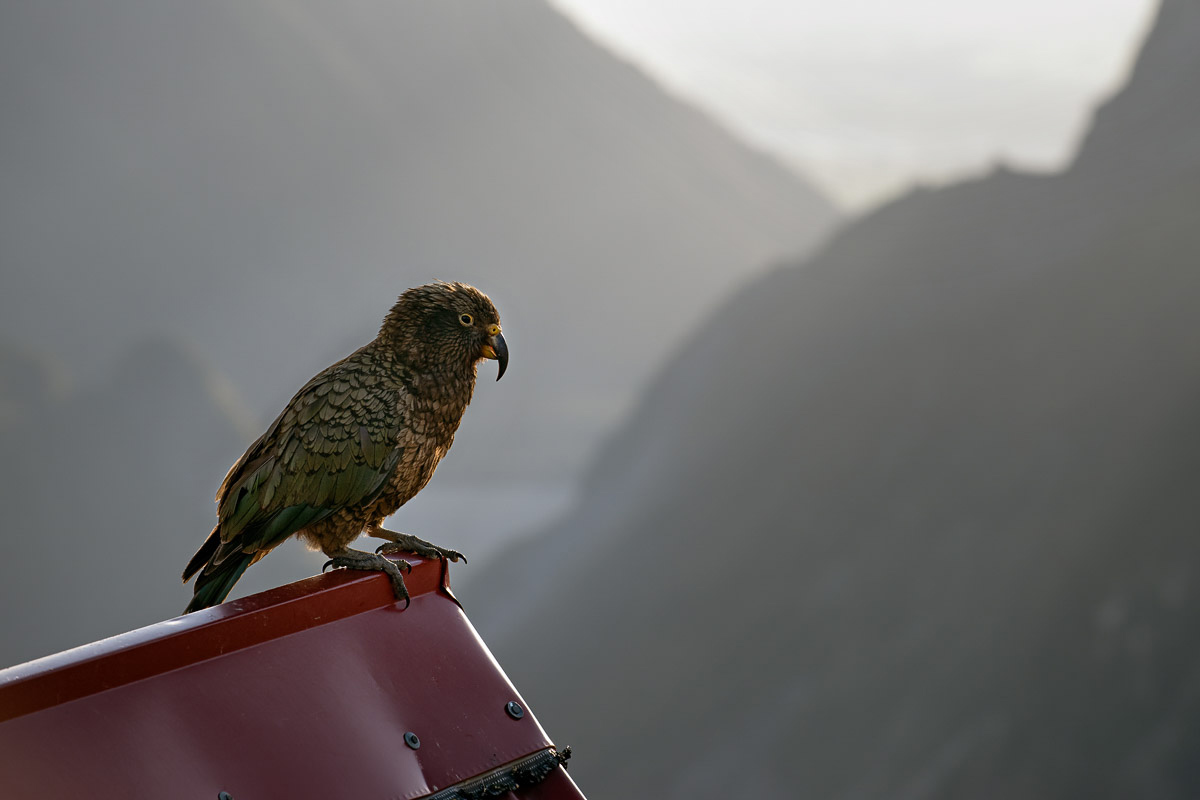

Getting a photograph can be reasonably straight-forward when they’re on the ground. They’re not overly afraid of humans and will approach within a metre or two, giving plenty of time to get close-up shots. As with all wildlife photography, achieving sharp focus on the eyes is most critical.
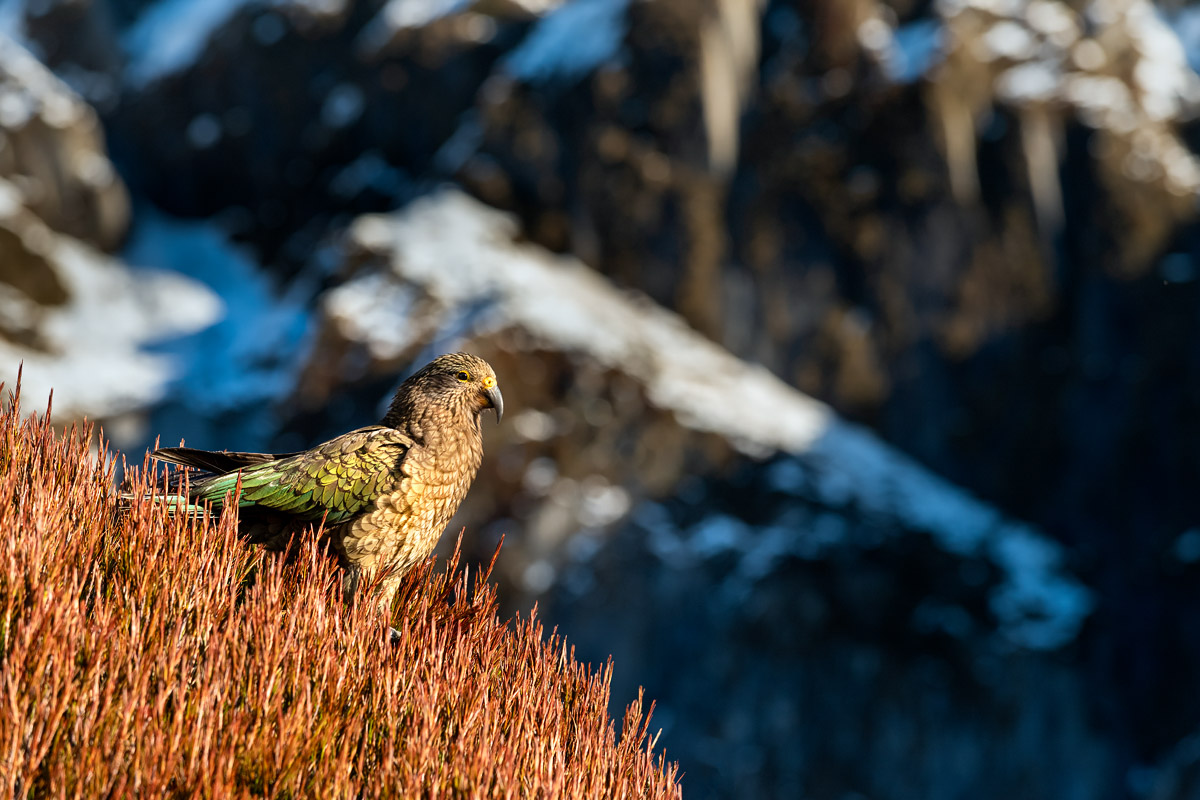

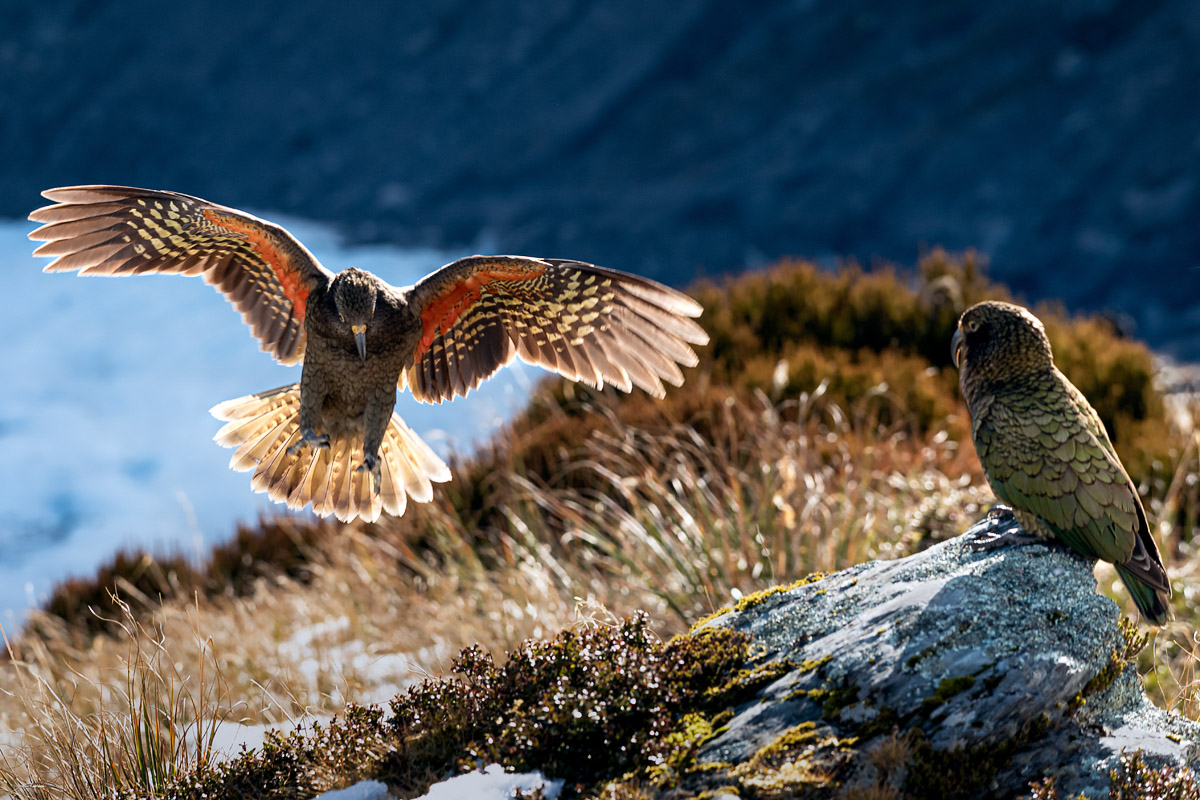

Once in the air things get a lot more tricky, especially when using a longer lens to get in close. Assuming you want to capture them in flight with little to no movement blur, a shutter speed of at least 1/2000th of a second is typically required. Set the camera to continuous burst to capture several frames in short succession. And unless your camera has incredible tracking/continuous autofocus, sometimes it’s just easier to manually set focus for the distance you hope to photograph them at (autofocus on a nearby object of similar distance and then lock the lens into manual). In any event, it’s often a patience game and you may need to take many shots to get a sharp image with a good composition. A success rate of 1 in 10 would be very successful indeed!


Some other general tips when hanging out with kea:
Never, ever feed them. Giving them human food disrupts their natural diet and can increase their reliance on unhealthy foods, causing ill health and even premature death.
Secure your belongings. Kea have a fondness for anything they can destroy. Sunglasses, backpacks, passports – you name it, a kea will attempt to take off with it (and subsequently dismantle it). Even vehicles aren’t immune, with rubber seals and window wipers being a particular favourite.
Report sightings. If you see a kea report it in the Kea Database. This provide valuable information which assists with their ongoing monitoring and protection.

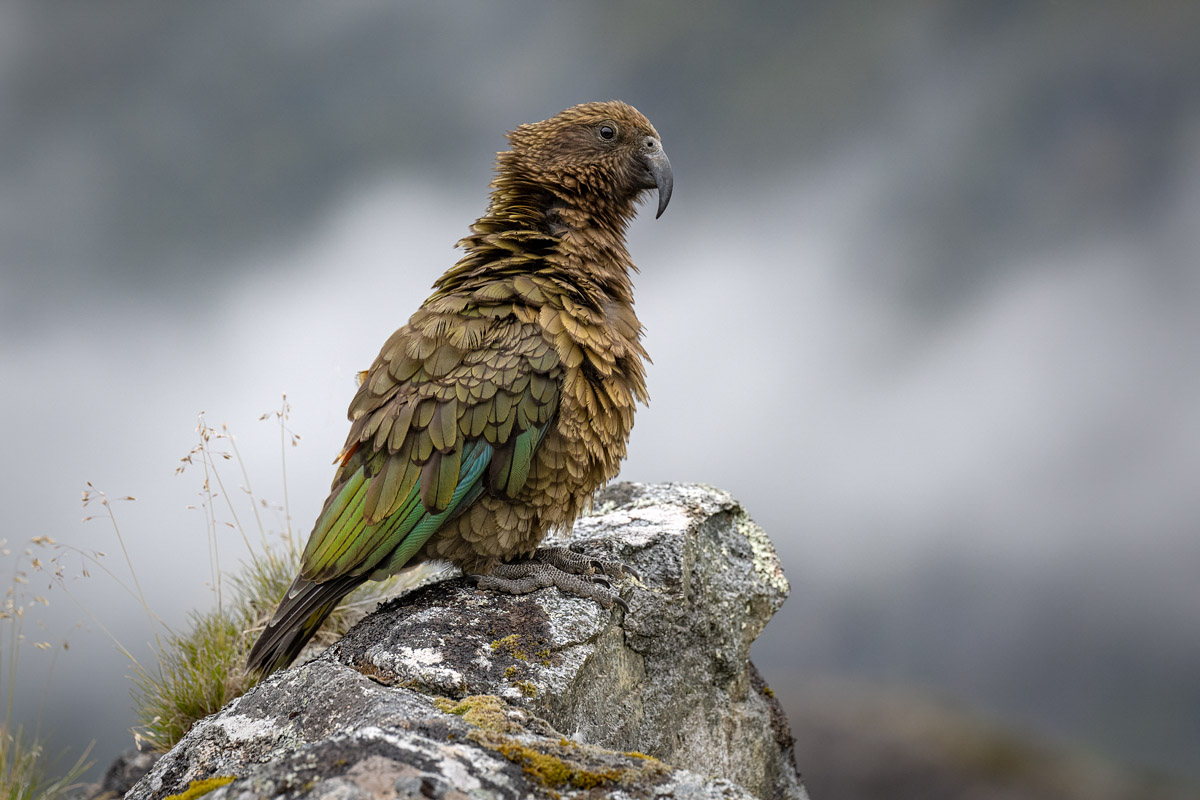
Leave A Comment